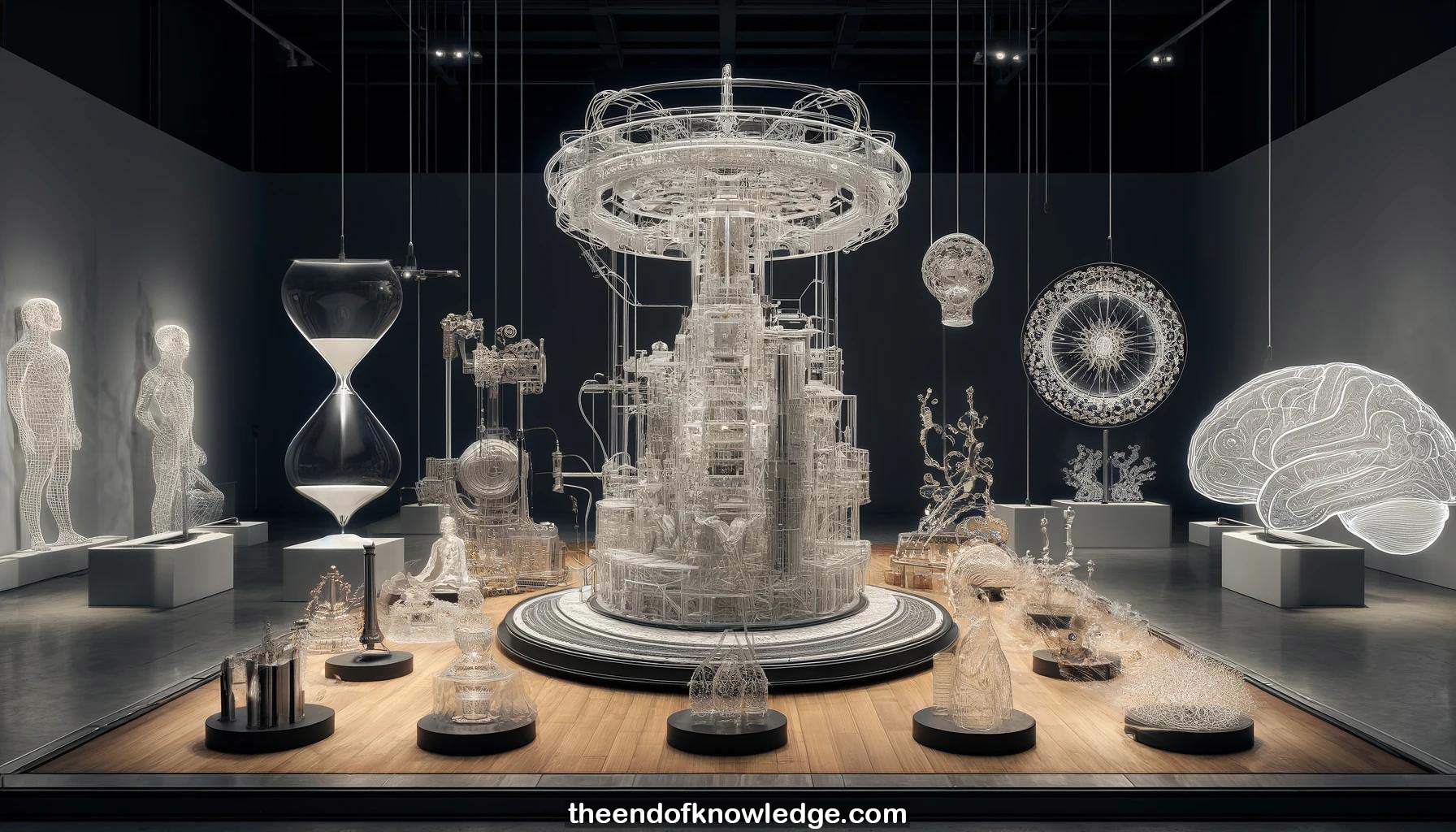 >
>
Concept Graph & Resume using Claude 3 Opus | Chat GPT4 | Llama 3:
Resume:
1.-Defining real vs sham TMS-EEG responses is challenging and has sparked debate in the field.
2.-The talk aims to find an objective, data-driven approach to differentiate real TMS-EEG signals from sham.
3.-TMS-EEG signals reflect summation of excitatory and inhibitory post-synaptic potentials from pyramidal neurons and interneurons.
4.-Key TMS-EEG setup components include the coil, EEG channels, amplifiers, neuronavigation, and noise masking.
5.-A 2018 study by Conde et al. found real TMS-EEG responses resembled sham, sparking controversy.
6.-Experts critiqued Conde's study, showing real TMS-EEG has lateralized responses under the coil that propagate.
7.-Criticisms of Conde's study included using a small coil, common average reference, and inadequate noise masking.
8.-Recent studies aim to dissociate real TMS-EEG from sham effects using carefully designed protocols.
9.-Studies from UCL and Milan labs use advanced methods to define real vs sham TMS-EEG.
10.-The speaker proposes an objective solution to label real vs sham TMS-EEG using machine learning.
11.-The approach uses key comparisons between real TMS and sham conditions within and between sessions.
12.-Within-session, real TMS accuracy should start moderate and increase, while sham stays flat.
13.-Between-session, real TMS post-response should differ from sham, while pre-stimulation baselines are similar.
14.-The method was tested on rich datasets from the speaker's lab, Milan, and UCL.
15.-Milan data had real TMS, realistic sham, auditory with/without masking, and electrical stimulation conditions.
16.-UCL data had real TMS with/without noise masking, testing the model on imperfect data.
17.-Within-session results showed real TMS accuracy increased while sham was flat, meeting expectations.
18.-Between-session results showed real TMS post-stimulation differed from all sham conditions.
19.-Single-subject results confirmed the group average findings, with the model identifying outlier subjects.
20.-The model could differentiate imperfectly masked real TMS from fully masked based on early response similarity.
21.-Current limitations are the model is based on motor cortex data, with prefrontal areas being more challenging.
22.-The approach should be replicated with data from more labs beyond Milan and UCL.
23.-More sophisticated machine learning models beyond RNNs and LSTMs could further improve performance.
24.-Four key characteristics define if TMS-EEG data represents a real response based on the model.
25.-The approach provides an objective tool to verify the validity of TMS-EEG data.
26.-Differences between Milan and UCL datasets included TMS devices, thresholding procedures, and sample sizes.
27.-Determining TMS intensity relies on measuring motor evoked potentials or online EEG responses.
28.-Some of the Milan data will be made openly available on bioRxiv within 1-2 months.
29.-Real TMS-EEG has a lateralized and propagating response with specific peaks and amplitudes.
30.-The machine learning model uses moderate single-trial accuracy and high averaged accuracy to identify real TMS-EEG.
Knowledge Vault built byDavid Vivancos 2024